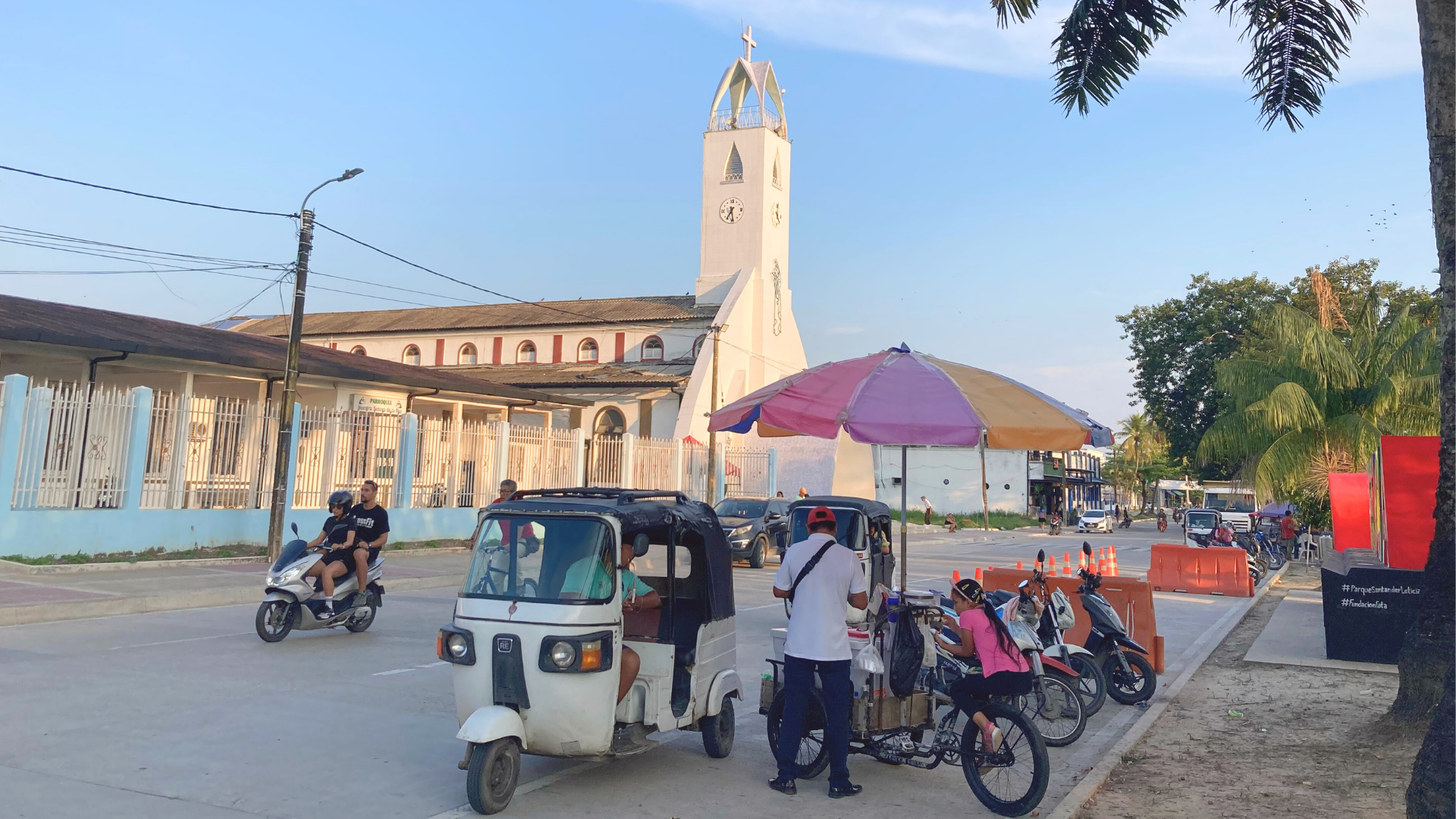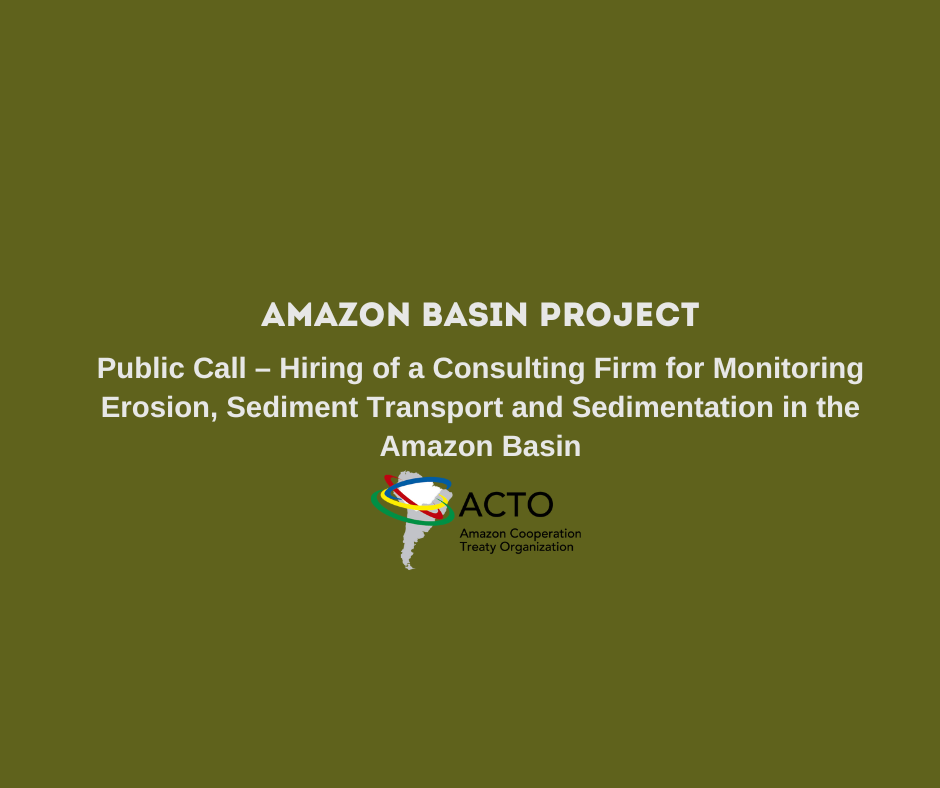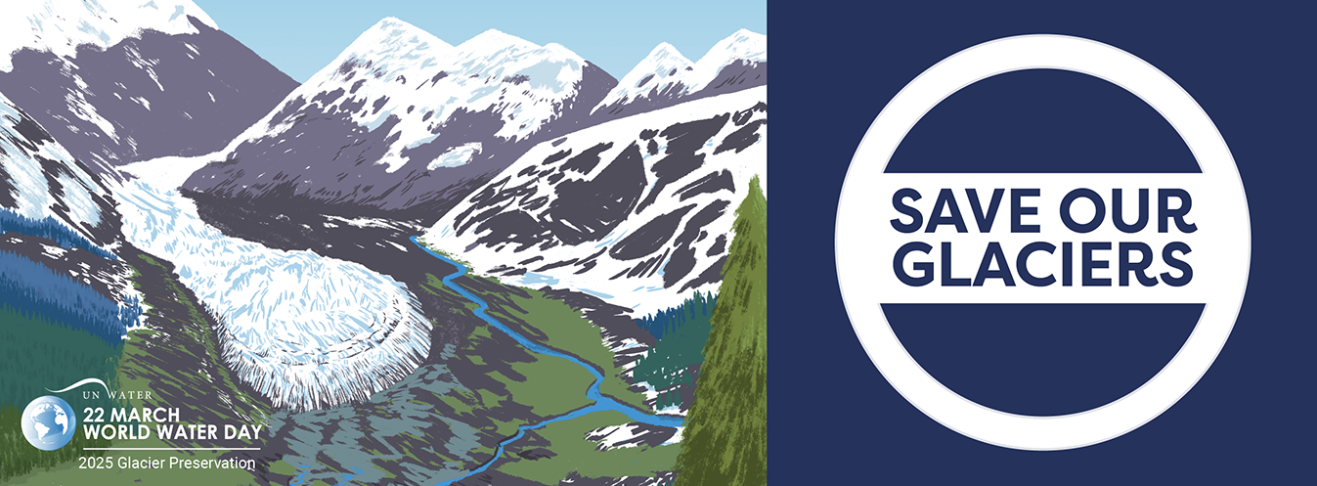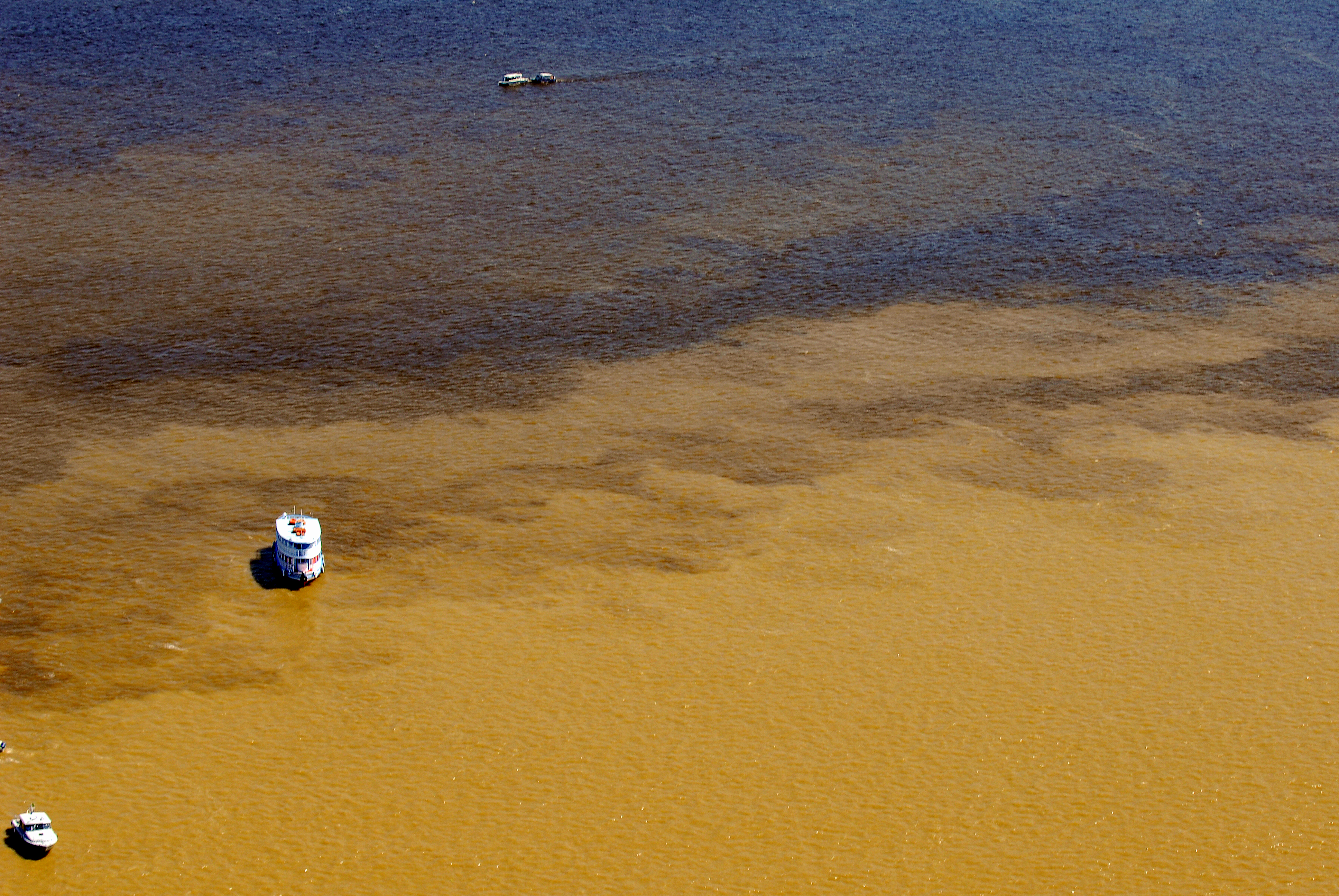The most dynamic urban agglomeration of all the Amazonian borders, formed by the twin cities of Leticia and Tabatinga, is located on the border between Brazil and Colombia. The local population moves freely between the two cities and the two countries, sharing economic and kinship ties, as well as common characteristics that form a cultural and regional identity, despite differences in origin and language.
The more than 109,000 inhabitants of this cross-border urban agglomeration linking Leticia, on the Colombian side of the border, and the Brazilian city of Tabatinga, also share common challenges, such as deficiencies in the sanitation system and the occupation of undeveloped areas, among other environmental and socio-economic development issues.
The binational hydrogeological study, presented in June, detected high concentrations of nitrates and fecal coliforms in the aquifer that is one of the main sources of supply for the two cities. The contamination of the aquifer is mainly due to the infiltration of substances from septic tanks and domestic effluents.
Strategic Action Program (PAE)
Brazil and Colombia jointly carried out this study of vulnerability and hydrogeological risk in the aquifer of Leticia and Tabatinga with the aim of developing common policies for the protection and use of groundwater in the region. Brazil’s National Water and Sanitation Agency and Colombia’s Ministry of the Environment and Sustainable Development accompanied the study.
The initiative is part of the project to implement the Strategic Action Program (SAP), executed by ACTO, with support from UNEP and funding from the Global Environment Facility (GEF). Since the joint approval of the SAP in 2017, the Amazon countries have been developing projects within the framework of ACTO at national, binational and regional levels to strengthen IWRM and improve adaptation to climate change. The production of consolidated regional data to improve decision-making is one of the strategies established in the SAP.
Engineer Fabián Caicedo, Director of Integrated Water Resources Management at Colombia’s Ministry of Environment and Sustainable Development, said: “This study is an exceptional example of cross-border cooperation in the sustainable management of groundwater resources. It demonstrates the importance of international cooperation to face the challenges related to groundwater knowledge in shared basins and that coordination between countries is essential to guarantee the availability and quality of groundwater in a critical region.” Caicedo also emphasizes that the project not only assesses the current situation, but also provides information for the reformulation of Colombia’s National Integrated Water Resources Management Policy.
Mauricio Abijaodi, director of Brazil’s National Water and Basic Sanitation Agency, highlights the limited coverage of sanitation services in the region as a critical aspect. He says that “it is essential to increase the coverage of water supply and sanitation services in the two cities through strategic partnerships and the development of a plan to expand these services”. This issue has been included on the agenda of the Neighborhood Committee, so that alternatives for shared management between the two countries can be studied.
The Brazil-Colombia Neighborhood and Integration Committee is a bilateral mechanism that has been meeting periodically since 1994 to examine issues of interest for border cooperation between the two countries.
Water and public health
The updated inventory of the 68 wells in the urban areas of Leticia and Tabatinga, as well as in the suburban areas of the Colombian city, showed that groundwater is used predominantly for domestic purposes and, to a lesser extent, for public supply, industrial, recreational and livestock uses.


As this is an environmental problem with implications for public health, the study has raised expectations among the population. Claudia Silva, 34, has a drinking water well at her home in Leticia. When she was contacted by the team conducting the study, she was enthusiastic and assured them that when she was informed about the quality of the water she used, she would take the necessary measures to improve it.
For geologist Fabrício Cardoso, a specialist in the Regulation of Water Resources and Basic Sanitation at the National Water and Basic Sanitation Agency (ANA), when the final report of the study is released, social participation will be fundamental to improving the situation of the aquifer. According to him, a key point considered in the report is the participation of different actors in discussions about desirable future scenarios to achieve the sustainability of this water system and its ecosystem services, taking advantage of local knowledge to protect this source of supply, as well as to reduce its contamination, based on the way its waters are used.
“Governments must treat the issue of drinking water quality and water supply as a priority, working actively to build spaces for debate, sharing responsibilities and dividing tasks according to their competencies,” says Cardoso.
Water monitoring
The binational project also resulted in a proposal for the creation of a groundwater quality and level monitoring network to prevent and reduce the risks identified, as well as a strategy for maintaining its operation over time.
Representatives and authorities from the bodies responsible for water management at national, state and municipal level in Brazil and Colombia, who took part in the event to publicize the study, indicated that Tabatinga’s Environment Secretariat will be responsible for proposing the inclusion of a discussion on the subject on the next agenda of the Brazil-Colombia Neighbourhood and Integration Commission.
Likewise, the Secretariat of Agriculture, Environment and Productivity of the Amazonas Governorate (Colombia) has expressed interest in participating in a possible strategic alliance to monitor the quality of surface and groundwater through its professional technical team and using portable multiparameter equipment.



